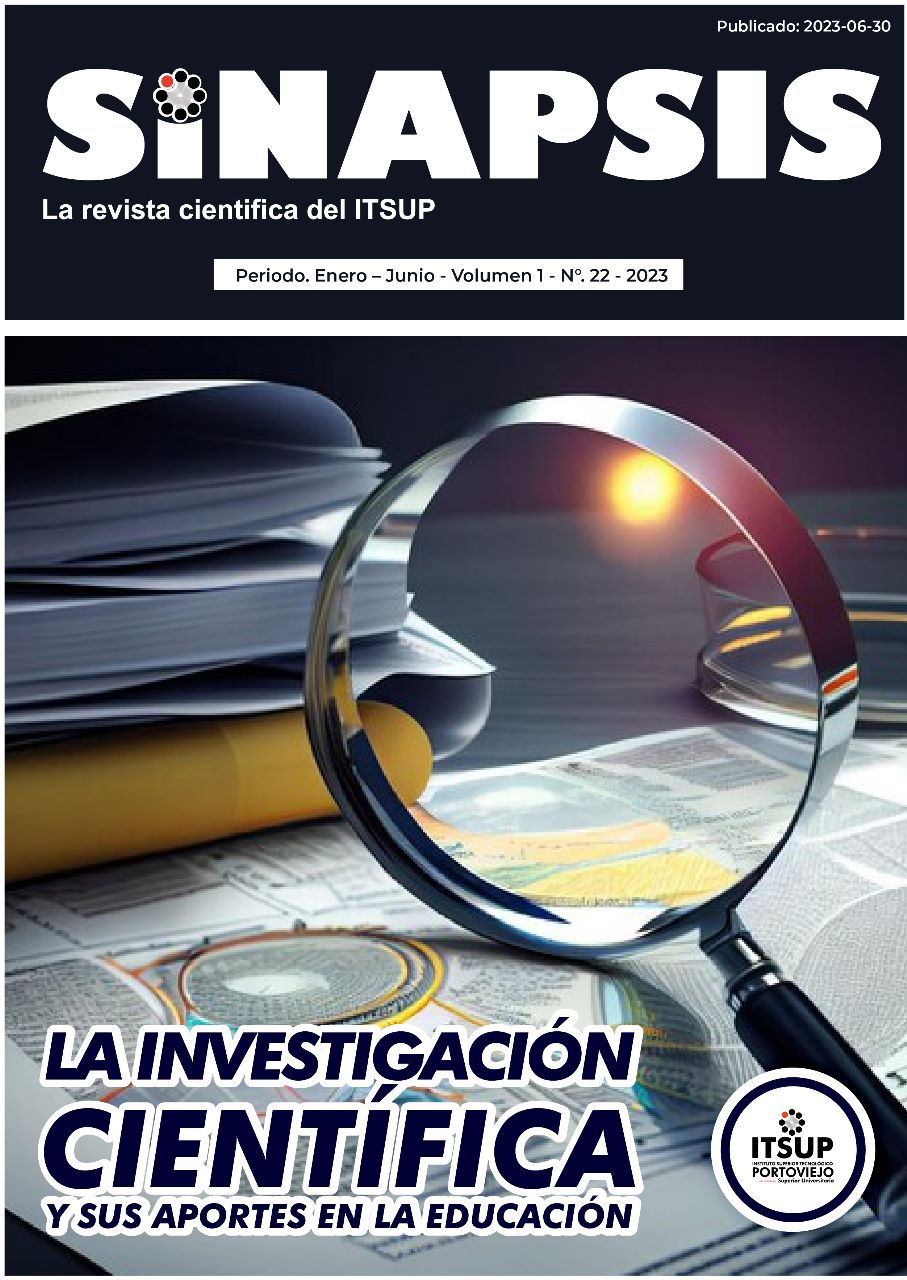Unidades de endulzamiento por aminas de planta de gas
DOI:
https://doi.org/10.37117/s.v1i22.779Keywords:
Endulzamiento, Aminas, Planta de gasAbstract
An alternative fuel that has emerged today is natural gas. Natural gas is a mixture of gaseous hydrocarbons formed mainly by methane. However, because it is found in natural underground deposits, it is accompanied by various impurities or contaminants, among which are the acid gases H2S and CO2 that cause corrosion in the lines and process equipment, making its distribution difficult, reducing its energy power and increasing toxicity in the gases emitted during combustion.
For the removal or elimination of these acid compounds from the gas, absorption-desorption systems using a selective solvent are used. The fed gas is called "bitter", the product "sweet gas", and the process is generally known as "sweetening". There are several patents to carry out the natural gas sweetening process, which differ in the type and composition of the solvent used.
The increase in the demand for natural gas makes it necessary to improve the sweetening process, by increasing the production of sweet gas and reducing operating costs. Studies carried out in this area are aimed at reducing amine losses, through the manipulation of operating variables and the implementation of devices, obtaining excellent results in cost savings without altering the capacity or quality of sweetening.
As already proven, amine blends are the best method to increase capacity or improve efficiency in sweetening units. Currently the focus is directed towards secondary and tertiary amines, particularly on the use of mixtures of diethanolamine (DEA) and methyldiethanolamine (MDEA) to carry out CO2 separation. You can work with any mixture of amines in aqueous solution or you can add a physical solvent to it for study.
Downloads
References
Barreto, N y Cruz G. (2008). “Determinación de las causas de los problemas operacionales en una planta de endulzamiento de gas natural utilizando MDEA”. Tesis de grado del departamento de ingeniería química.
Campbell, J. (1994). Gas Conditioning and Processing (Seventh Edition ed.). Oklahoma U.S.A.
Cedeño, R. (2008). “Evaluación de la Factibilidad de Incremento de la Capacidad de una Torre de Absorción mediante la mezcla de Dietanolamina(DEA). Metildietanolamina (MDEA) en una Planta de Endulzamiento de Gas”.
Dingman, J. C. (2000). Amine Guard FS Process. Gas Processing . págs. 15-19.
Gas Processors Suppliers Association. (Eleventh Edition ed., Vol. Volumen I y II). (1998). Oklahoma, USA.: Engineering data Book.
Gómez, A y Lárez, R. (2005). “Análisis de varios esquemas de flujo para mejorar el proceso de endulzamiento de gas con aminas”. Tesis de grado del departamento de ingeniería química. .
Greene, R. W. (1995). Compresores Selección, Uso y Mantenimiento (Segunda Edición ed.). Interamericana de México. México D.F, México.: McGraw-Hill.
Hernández, E. (2008). “Análisis de los efectos causados por los problemas operacionales en una planta de endulzamiento de gas natural con MDEA”. Tesis de grado del departamento de ingeniería química.
Kevin, L. (1999). Decreasing Contactor Temperature Could Increase Performance. (Third Editin ed.). Texas, USA.: Bryan Research & Engineering, Inc.
Downloads
Published
How to Cite
Issue
Section
License
Copyright (c) 2023 Jerry Harold Fletcher Torrico

This work is licensed under a Creative Commons Attribution-NonCommercial-NoDerivatives 4.0 International License.
El Copyright posee el propósito de proteger tanto la propiedad intelectual de los autores como sus resultados. El comité editorial de la Revista Sinapsis se compromete con los autores a proteger, defender y preservar tanto su trabajo como su reputación, y toma muy en serio las acusaciones de infracción, plagio, disputas éticas y fraude. Si un autor se da cuenta de un posible plagio, copia de resultados, fraude o infracción, le rogamos que se comunique con la mayor brevedad posible con el comité editorial de la revista Sinapsis.
CC BY-NC-ND: esta licencia permite a los reutilizadores copiar y distribuir el material en cualquier medio o formato solo sin adaptarlo, solo con fines no comerciales y siempre que se le atribuya al creador.
Términos de Licencia:
Reconocimiento: debe otorgar el crédito correspondiente, proporcionar un enlace a la licencia e indicar si se realizaron cambios. Puede hacerlo de cualquier manera razonable, pero no de ninguna manera que sugiera que el licenciante lo respalda a usted o su uso.
No comercial: no puede utilizar el material con fines comerciales.
No Derivada: si remezcla, transforma o construye sobre el material, no puede distribuir el material modificado.
Sin restricciones adicionales: no puede aplicar términos legales o medidas tecnológicas que restrinjan legalmente a otros de hacer cualquier cosa que permita la licencia.
El autor esta en la obligación de seguir las exigencias según lo instruido en la licencia ubicada en el enlace: https://creativecommons.org/licenses/by-nc-nd/4.0/deed.es






